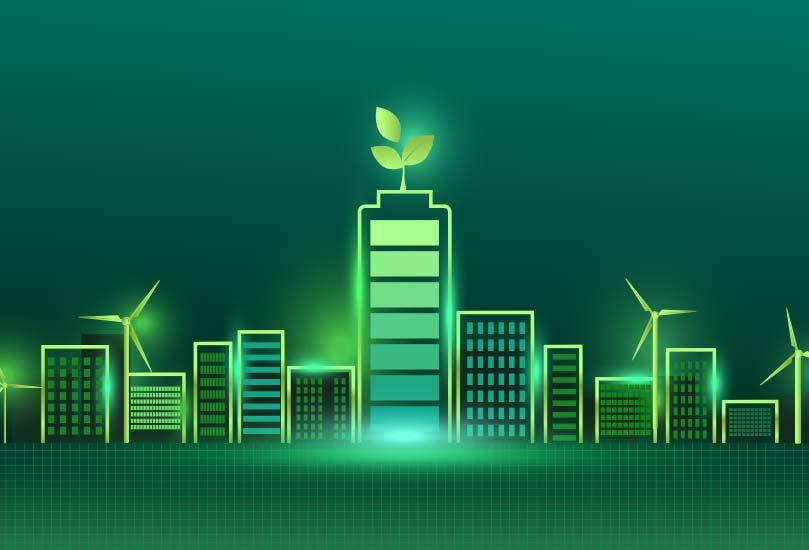
In today's climate-conscious world, "green buildings" has become more than just a buzzword—it's a necessary evolution in how we design, construct, and operate the spaces where we live and work. As global temperatures rise and natural resources dwindle, the building industry is responding with innovative approaches that reduce environmental impact while creating healthier, more efficient spaces.
Green buildings, also known as sustainable buildings, are structures designed, built, and operated to minimize negative environmental impacts while enhancing human health and comfort. Unlike conventional buildings that often prioritize initial construction costs over long-term efficiency, green buildings take a holistic approach, considering a structure's entire lifecycle from design to demolition.
These environmentally responsible buildings incorporate strategies that:
The cornerstone of any green building is its approach to energy use. Green buildings incorporate:
Did you know? Energy-efficient buildings can reduce energy consumption by 30-50% compared to conventional structures!
Green buildings respect water as a precious resource through:
Materials selection in green buildings prioritizes:
Green buildings create healthier indoor environments through:
Location and orientation matter in green building design:
Several certification systems have emerged to standardize and recognize green building achievements:
LEED (Leadership in Energy and Environmental Design): Developed by the U.S. Green Building Council, LEED is one of the most widely recognized green building certification systems in the world. It assesses buildings across multiple categories, including energy efficiency, water usage, materials selection, and indoor environmental quality.
BREEAM (Building Research Establishment Environmental Assessment Method): Originating in the UK, BREEAM was the world's first sustainability assessment method for buildings and remains popular globally.
Green Star: Australia's comprehensive rating system for the design, construction, and operation of sustainable buildings.
WELL Building Standard: Focuses specifically on how buildings impact human health and wellness through air, water, nourishment, light, fitness, comfort, and mind.
Living Building Challenge: One of the most rigorous certification standards, requiring buildings to be net-positive for energy and water.
While green buildings may require higher upfront investment, the long-term benefits make a compelling business case:
The building sector accounts for approximately 40% of global energy consumption and 30% of greenhouse gas emissions. Green buildings represent one of our most powerful tools in the fight against climate change by:
As technology advances and environmental concerns intensify, green buildings continue to evolve:
Green buildings represent far more than an environmental trend—they're a fundamental shift in how we think about the built environment. By designing and constructing buildings that work with nature rather than against it, we create spaces that are not only better for the planet but also healthier, more comfortable, and more economical over time.
Whether you're planning new construction or looking to upgrade existing facilities, incorporating green building principles is an investment in both environmental sustainability and business success. At Cold Solutions Services, we specialize in helping businesses transition to more sustainable building practices. Contact our team today for a free consultation on how we can help reduce your environmental impact while lowering your operating costs.